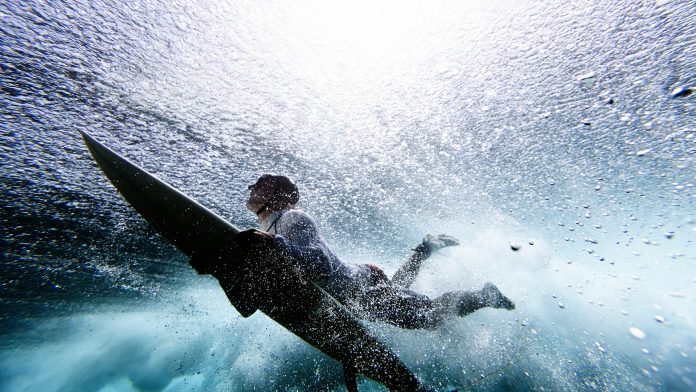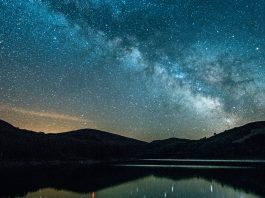An Australian-based investigation has devised a new theory that looks to solve an oceanic gravitational phenomenon that has long evaded scientists.
The new theory, conducted by Flinders University and published in the Journal of Marine Systems, has documented for the first time the conditions for the gravitational phenomenon where ghost currents and sediment seemingly “undo” the force of gravity.
The scientists are confident that their research can help form a conclusive understanding of obscure events in which suspended sediment particles seemingly defy gravity laws, mysteriously moving upwards, instead of downwards, on the slopes of deep-sea submarine canyons.
Jochen Kaempf, Flinders University physical oceanographer Associate Professor, believes that he has devised the first scientific explanation of the observed upslope sediment transport.
He said: “To put it simply, the vehicle of this transport are currents that, while carrying sediments around and keeping them in suspension, leave the ambient seawater and its dissolved properties almost unchanged.
“Such current, that I call ghost currents, adhere to the laws of physics and can move sediment particles over vast distances relative to the ambient seawater, also in directions opposite to the buoyancy force.”
In the ocean, these suspended particles are substantially heavier than seawater of the same volume, astonishingly weighing up to three times more, meaning that due to Archimedes law of buoyancy – an extension of Newton’s law of gravity, generally, sediment particles sink in a downwards trajectory.
Nevertheless, this new study has found that on continental margins, turbidity currents can also be created by sediment particles – these being rapid downslope flows of sediment-water mixtures on continental margins, which appears to have solved this once mysterious gravitational phenomenon.
Kaempf is optimistic that his research can help form a better understanding of feeding behaviours in submarine canyons. He explained: “My study may also help to better understand the feeding behaviour of suspension feeders including baleen whales and krill that often feed on a particular organic matter near the head of submarine canyons.”









